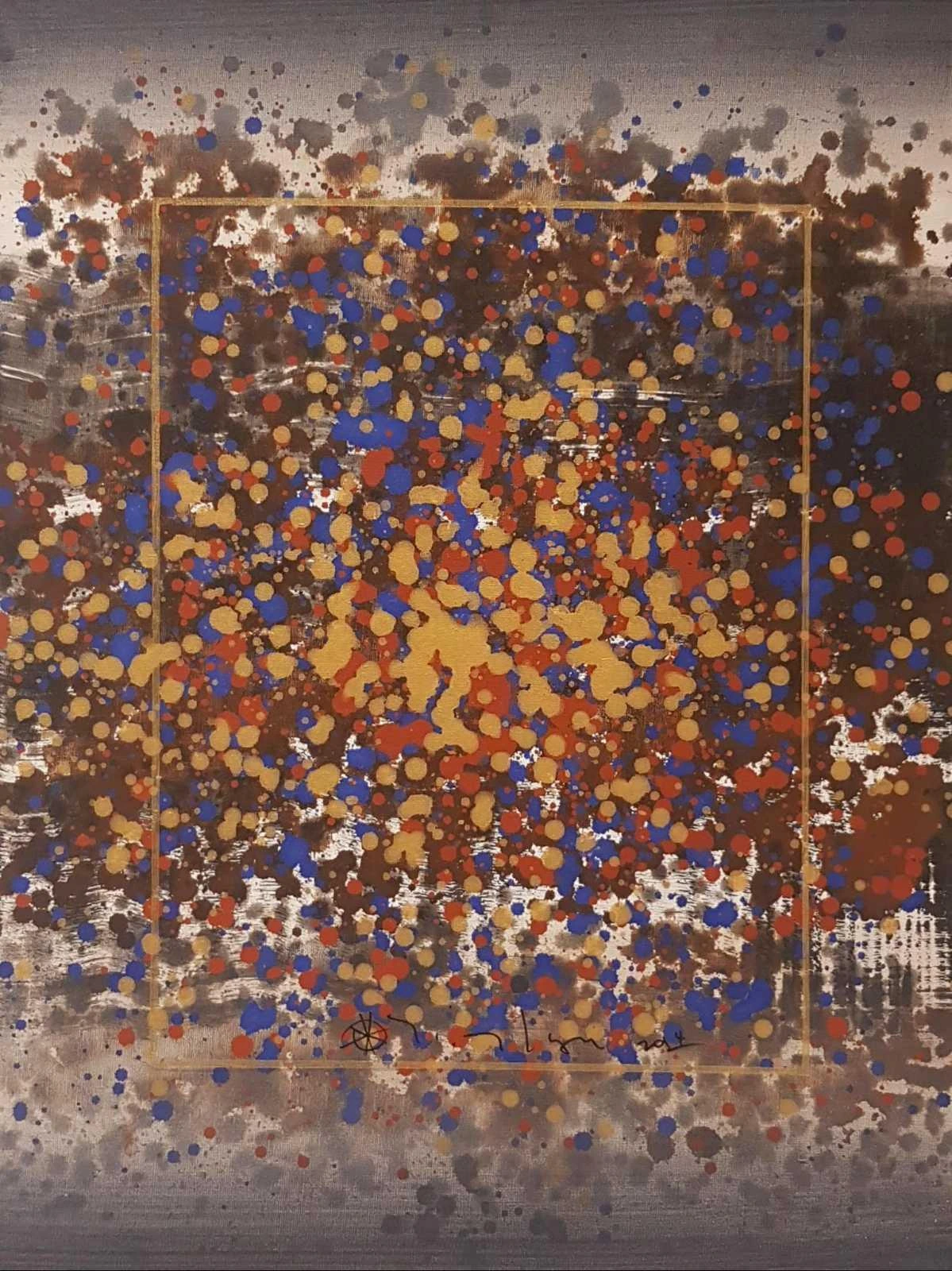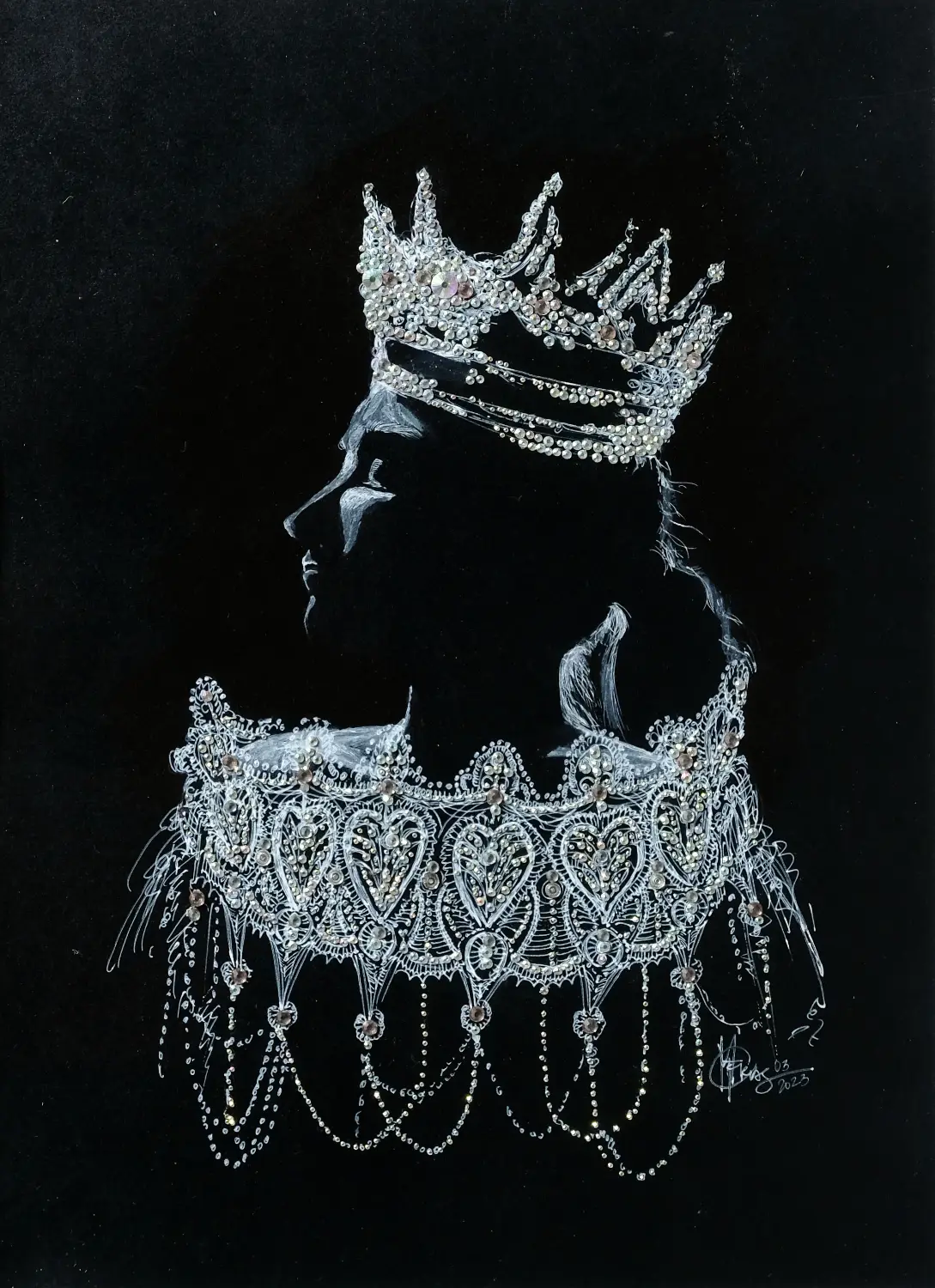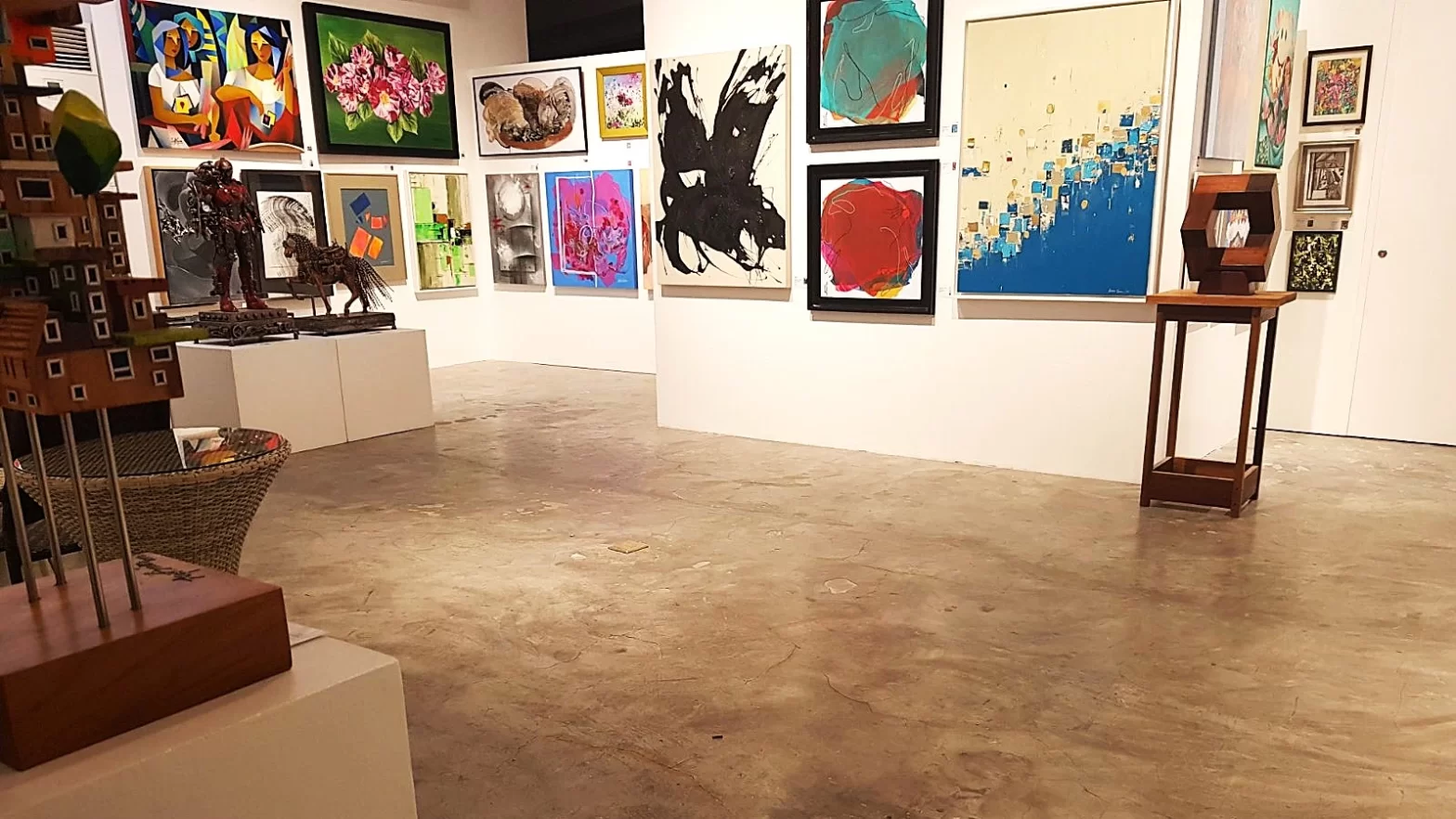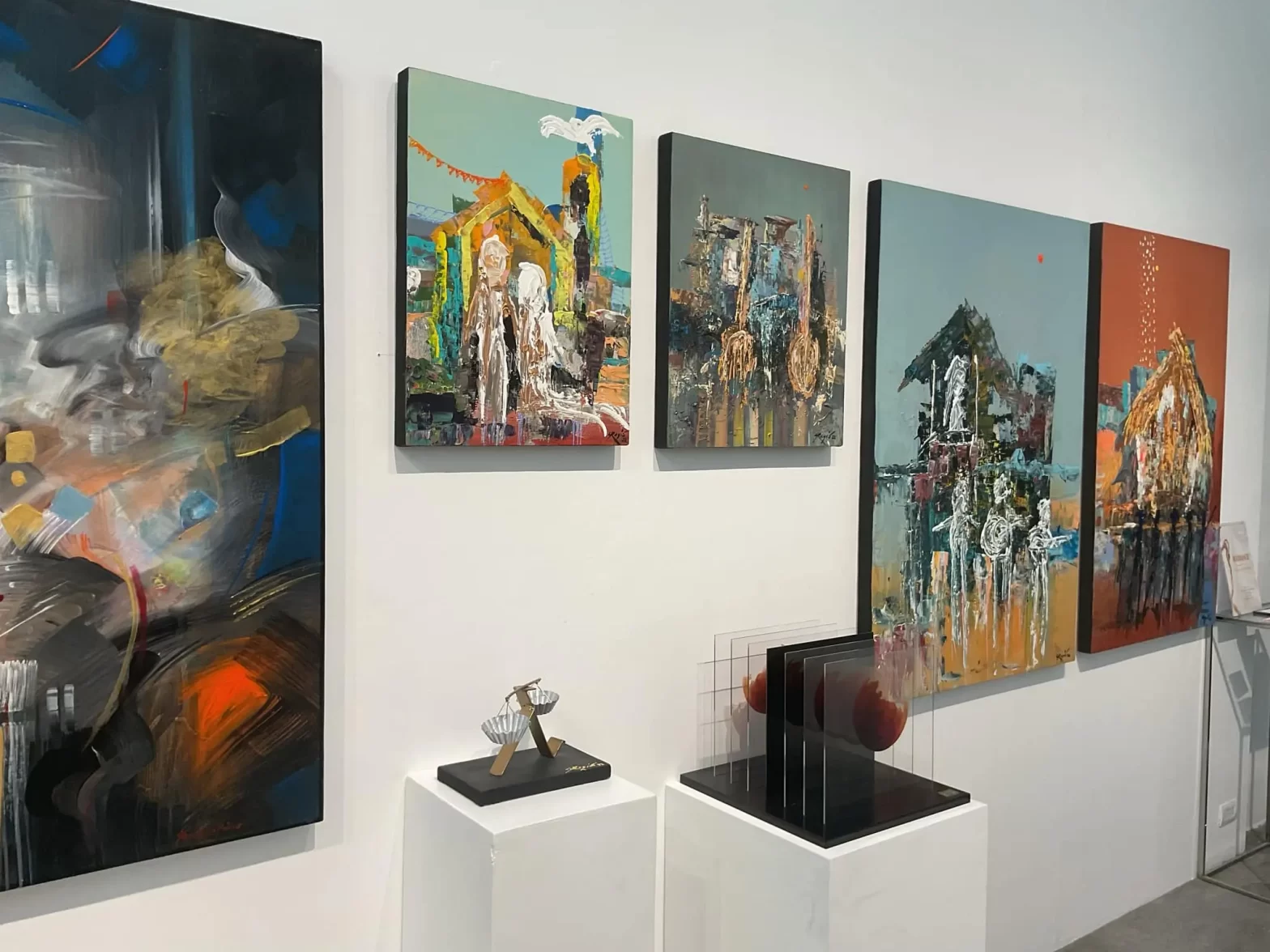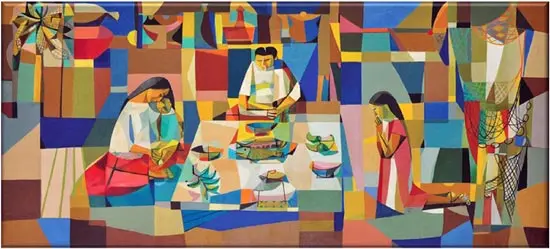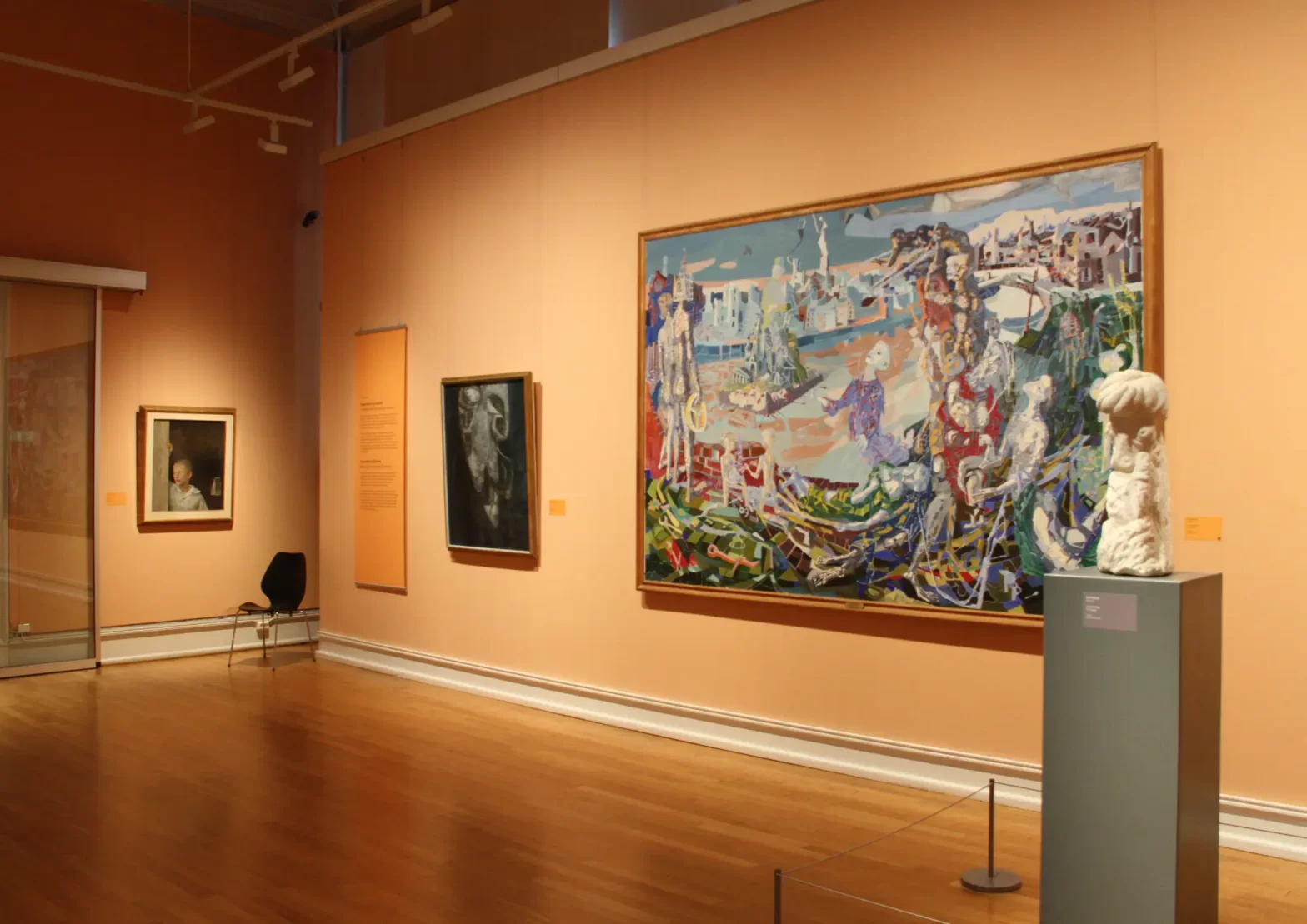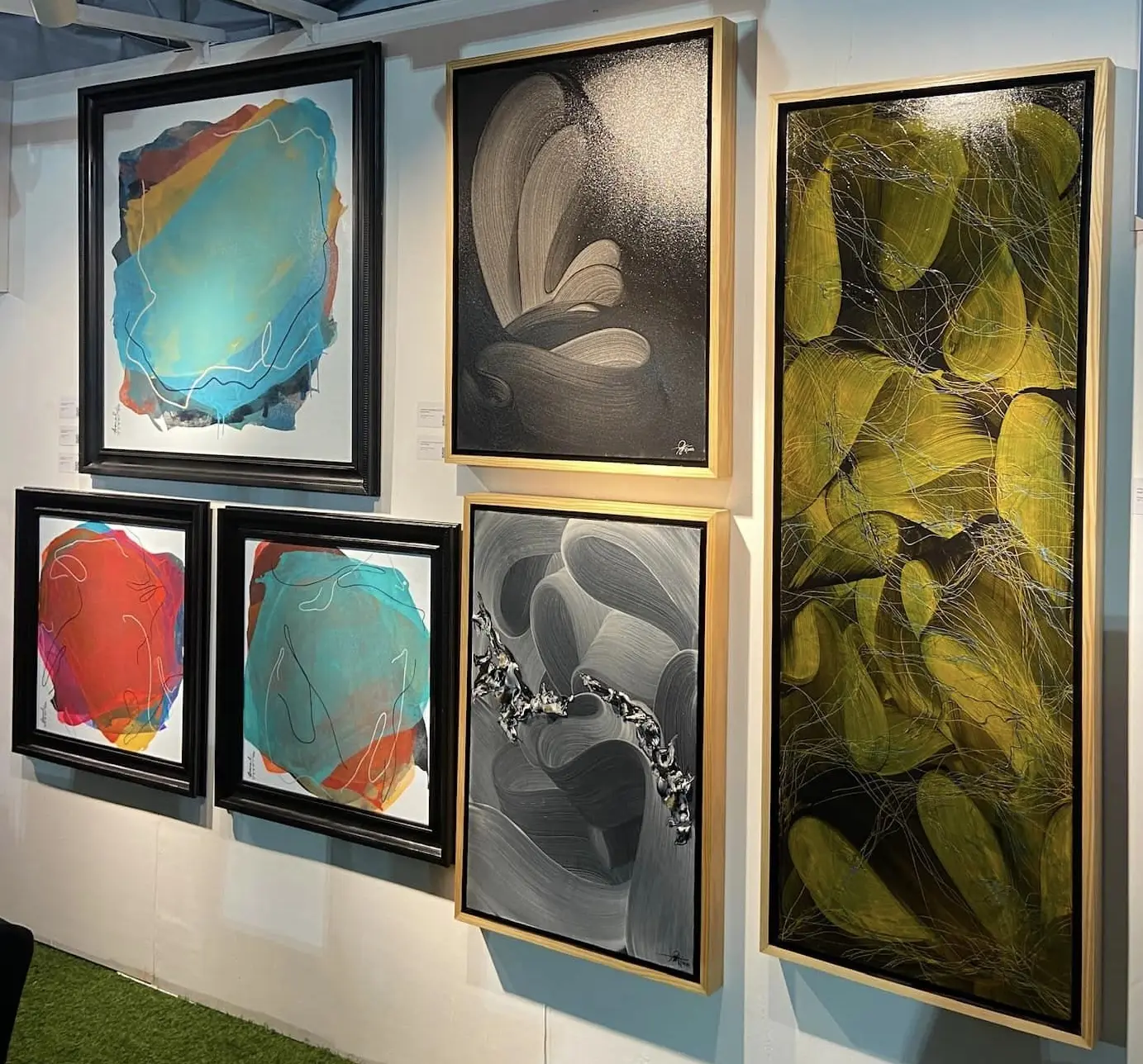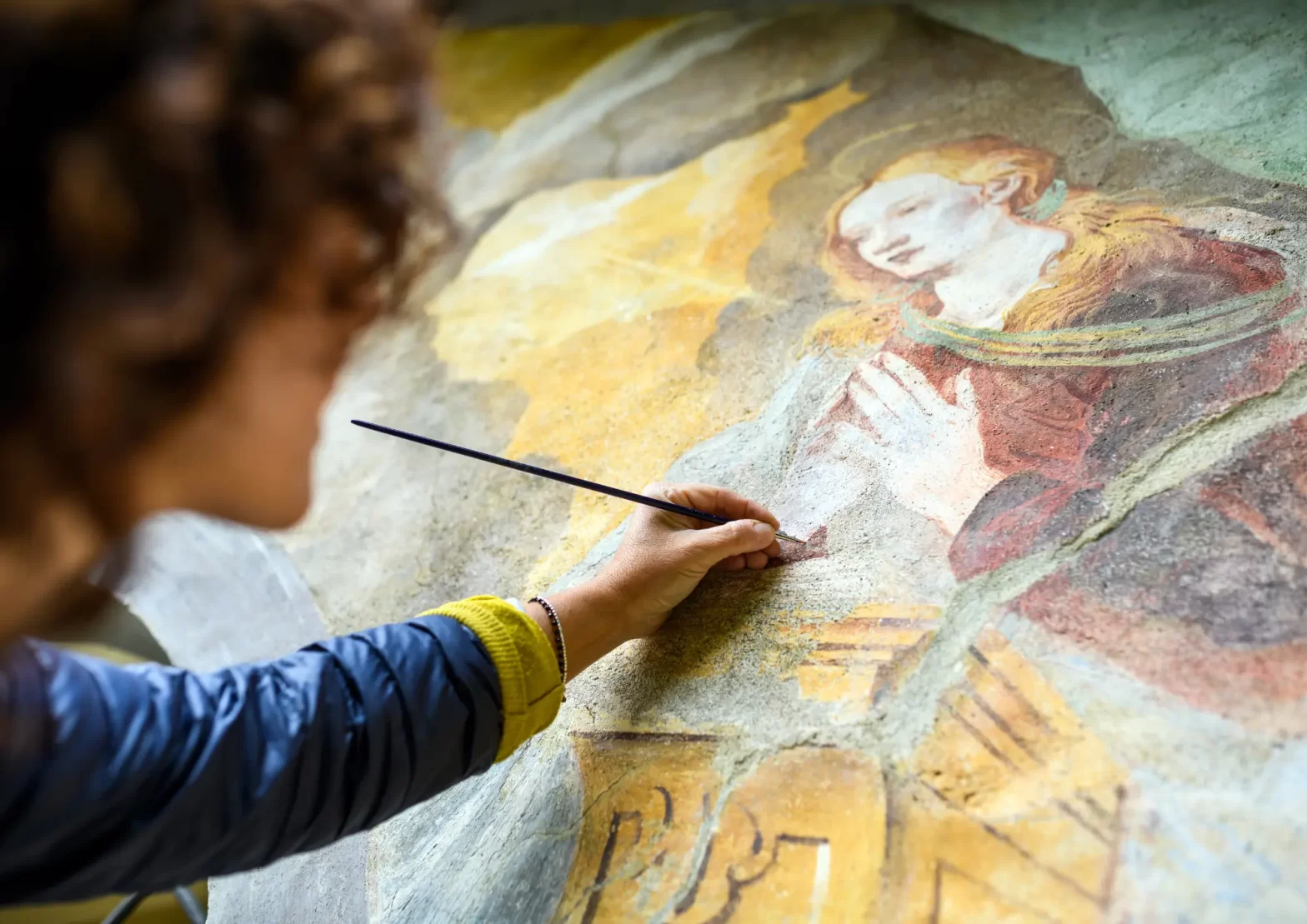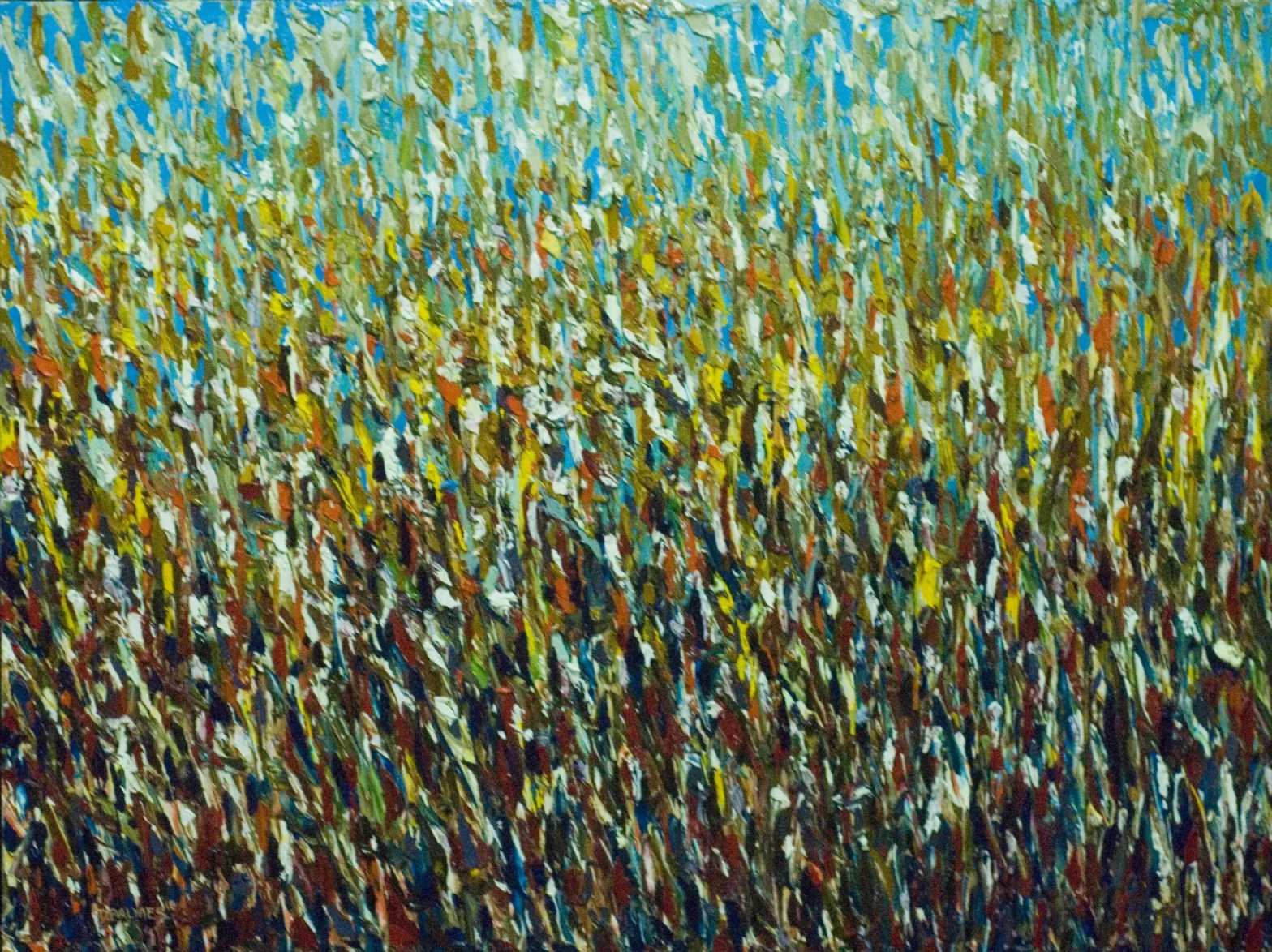The Importance of Provenance in Artworks: Supporting Artists and Preserving Art History
The provenance of an artwork—its documented history of ownership, exhibition, and origin—plays a pivotal role in the art world. For collectors, curators, and galleries, provenance is more than just a technical detail; it is a crucial element that ensures authenticity, supports the artist’s legacy, and maintains the integrity of the art market. While provenance can often seem like a behind-the-scenes concern, its significance is far-reaching and deeply impacts both the value and ethical standing of art.

